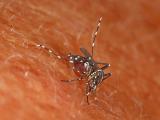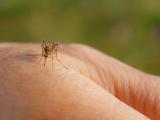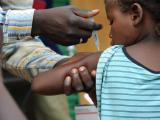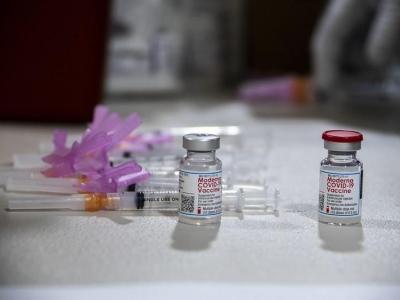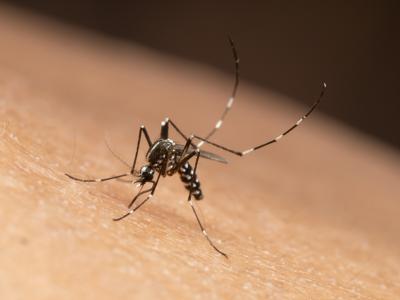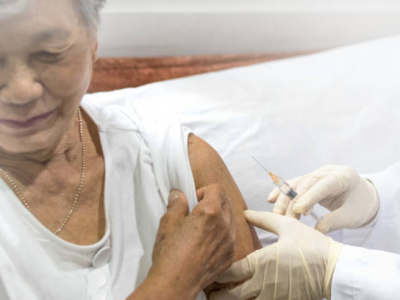Mar 9, 2007 (CIDRAP News) The first fully automated test to screen donors of blood, tissue, and organs for West Nile virus (WNV) was recently approved by the US Food and Drug Administration (FDA).
The Procleix TIGRIS system, developed by Gen-Probe, Inc., San Diego, and marketed by Chiron Corp., Emeryville, Calif., was approved by the FDA on Mar 2 and uses Gen-Probe's Procleix WNV assay, which is already being used in the company's semiautomated screening system, Gen-Probe said in a March 2 press release.
The advantages of a fully automated system are that it can reduce the potential for human error, speed up donor screening, and enhance the safety of blood and tissue products, said Jesse Goodman, MD, director of FDA's Center for Biologics Evaluation and Research, in a March 2 FDA press release.
"This is the latest step forward in what has been a very successful industry-government effort to keep blood safe from the emerging threat of West Nile virus," he said in the press release.
The automated system allows blood centers to process 1,000 individual blood samples in about 14 hours, Gen-Probe said. Blood testing sites typically use pooled samples to screen for WNV, then switch to individual donor testing once predetermined WNV prevalence triggers are met, the company said.
People usually catch WNV from the bite of a mosquito that has picked up the pathogen from an infected bird or animal. Most people experience no symptoms or only mild illness, but the virus can cause serious infections of the brain and nervous system.
WNV was first detected in the United States in 1999 and has since become endemic. For the 2006 season, 4,256 cases of West Nile virus have so far been reported to the Centers for Disease Control and Prevention (CDC); 1,449 cases involved West Nile encephalitis or meningitis, and 165 were fatal.
Development of a WNV blood test began in 2002 when researchers discovered that the virus could be transmitted in blood, and nationwide screening for the virus began in 2003. Testing detected about 1,400 potentially infectious blood donations from 2003 to 2005, according to the CDC.
Though the number of transfusion-transmitted WNV cases has decreased dramatically since testing began, a report in the Feb 2 Morbidity and Mortality Weekly Report detailed the cases of two South Dakota patients whose disease probably came from a single infected donor whose screening tests were negative at the time of donation. The CDC said the cases underscore the importance of clinical recognition, effective WNV blood screening strategies, and investigation coordination.
See also:
CDC 2006 West Nile virus figures
Feb 2 MMWR article on South Dakota cases
http://www.cdc.gov/mmwr/preview/mmwrhtml/mm5604a4.htm
